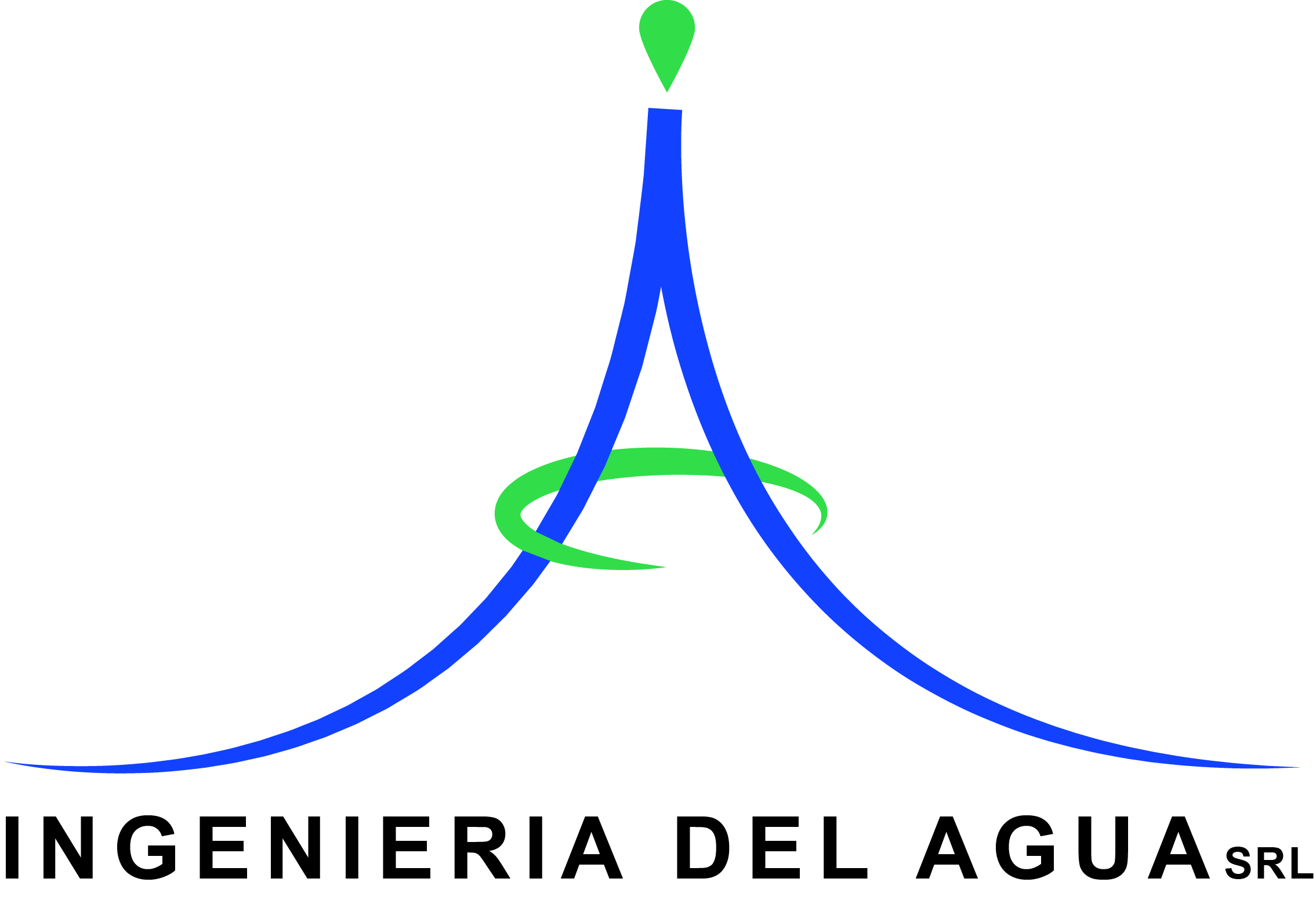SPECIAL STUDIES
Engineering projects are always multidisciplinary. However, there is also a demand for specific jobs.
Highlights:
Highlights:
- Studies of hydrology, hydrogeology and river hydraulics, with mathematical modeling (USGS, HEC, EPA and own models).
- Environmental hydraulics studies, with emphasis on water quality.
- Mathematical modeling of potable water networks (EPANET), urban drainage and sanitary sewerage (SWMM).
- Design of water treatment plants and wastewater treatment plants.
- Design of hydraulic works (dams, spillways, water intakes, stilling basins, adductions and drives, canals, etc.).
- Design of irrigation systems to gravity and pressurized (sprinklers).
- Design of pumping stations and complementary hydromechanical facilities with automation.
- Design of river crossings of pipelines.
- Hydraulic bridge design.
- Structural calculation of hydraulic works.
- Elaboration of thematic maps with different level of detail, from satellite images and aerial photographs coupled with SRTM data.
- Definition of geographic information systems.
- Topographic fieldwork. It highlights the experience already acquired (2011) in the topographic survey of 10,000 ha, superimposing satellite images of high resolution (± 50 cm) with contour lines every 25 cm, obtained with LIDAR technology with field control.
